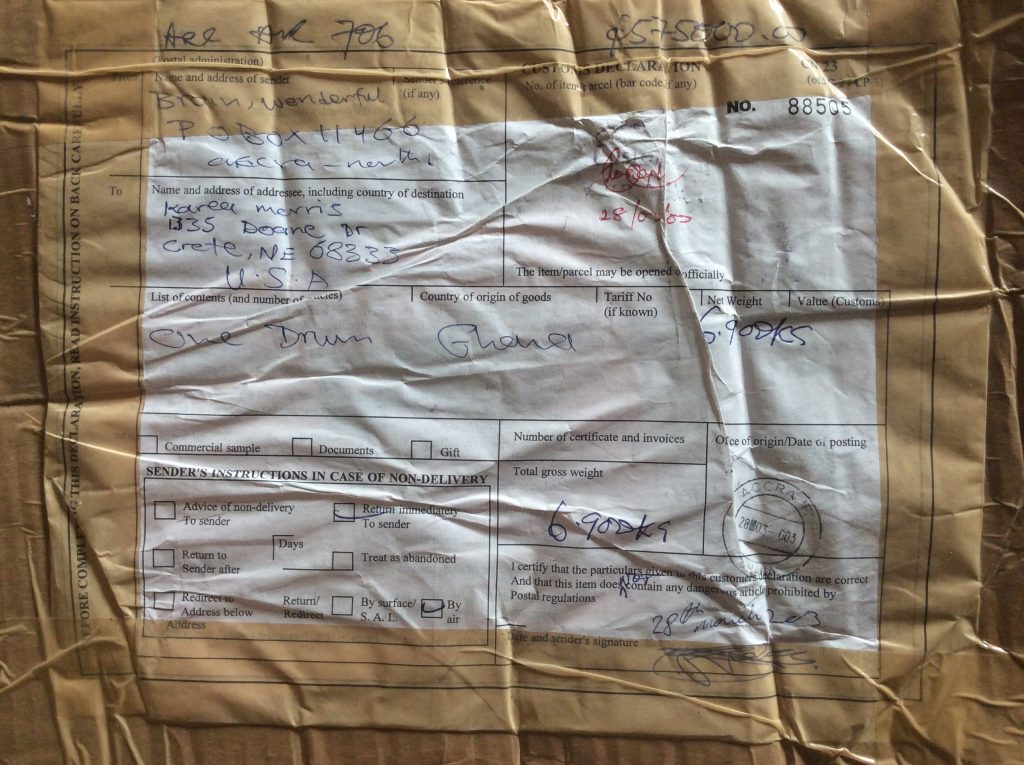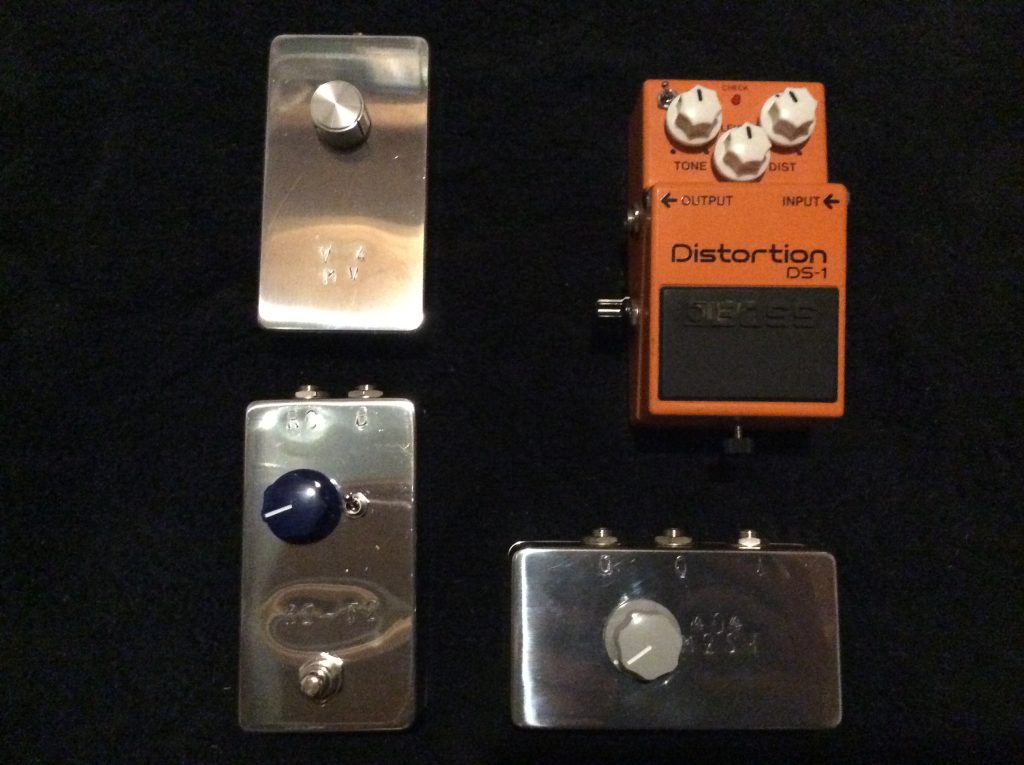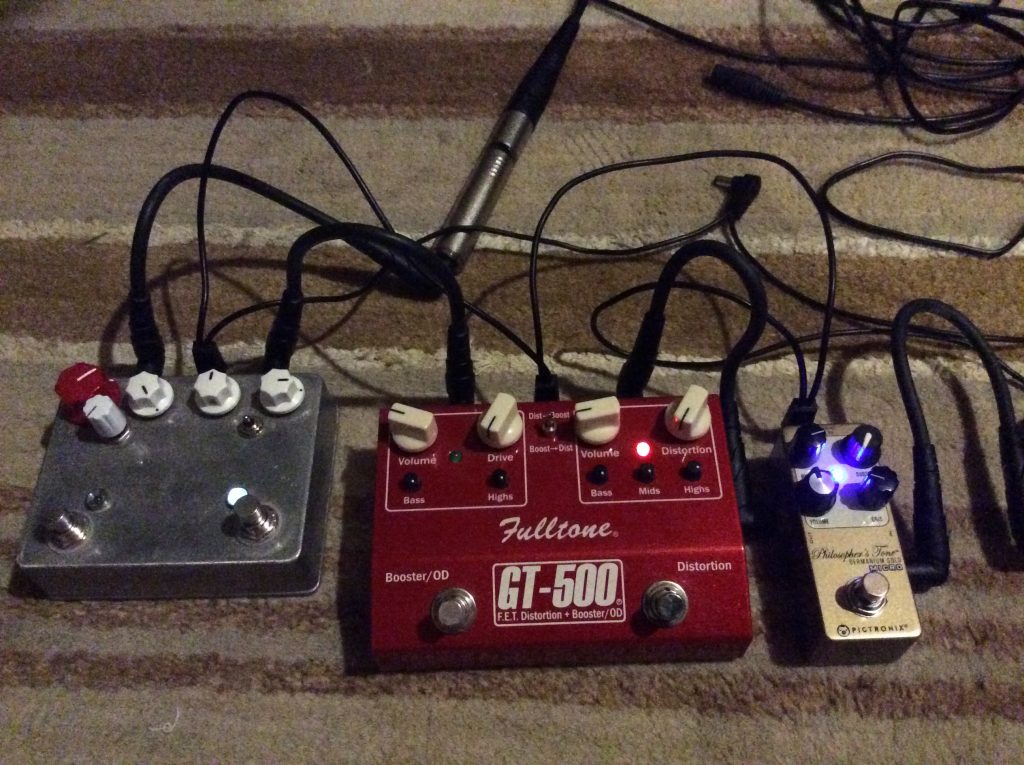Picking up from my last post, here’s my live-blog of listening to Crash after 13+ years of not listening to it.
So Much To Say – Been a minute. This feels good. Cool riff, love the horn lines.
Two Step – Classic. I’m realizing for the first time how different the production is from UTTAD. The hard-panned guitars are gone, the layers of morphing pads and sustaining violin and whatnot are gone. This sounds more like a big, clean, natural-sounding 70s record, but hi-fi. It’s probably a better sound for the band, though the immersive murkiness of UTTAD works in places. Fade out is a bummer, write an
ending you fools!
Crash Into Me – Unfortunately, this has not aged well. The song and recording are fine, but it’s not escaping its own overplayed-ness to my ears. My poor mom had to overhear me play this so many times :( :(
Too Much – Wow, and we’re jamming again, “Crash” really killed the energy.
41 – Dual electric guitars! Cool new atmosphere. That sax ostinato does it for me. It’s wild how much of this I hear in V for Voice, from the writing to the playing to the mix, which was not on my radar at all. Just that formative, I suppose. I was completely chasing this album in the V for Voice production and had zero idea that’s what I was doing.
Say Goodbye – Dave is such a cheeseball here but it’s a little charming. A little.
(more…)



